The post that hold the hawk is a V mechanism that is differentiated by being tall and narrow, otherwise the post is the same as other V mechanisms that are short and broad which varying in length but are arranged at the exact same angle parallel with each other in a chevron pattern and glued with tabs to the underside of the card.
The troop of meerkats filling the card are straightforward enough, they do not need to be worked out. Here, I'm only interested in settling on the construction of a hawk. The following photos are hawk trials. I'm examining what happens when I try different things. I notice the more elaborate I get, the worse the whole thing becomes and I loose the sense of hawk in the distance. Therefore, I settle on the most simple of all the arrangements, the smallest bird with the simplest body on the thinnest single post. I learn from the prototype that because it's tucked in at 45˚ from the back to the front, I can have the longest of all posts, the highest of all hawks. Which is what I'm going for.
The chevron pattern is one of the easiest of all pop-up mechanisms. It allows the opened page to be loaded with content POW! An entire scene of content standing up at once.
This will be be the hawk, but taller because there is room inside the card.
The actual card is on heavier Bristol paper.
I wanted the bird off the top of the card when fully opened. Changing that angle at the base by 2˚ or so, from 45˚ to about 43˚ did that nicely. When opened the bird was no longer directly above the card, but when it moved the bird too close to outside edge when the card was closed. That required the bird be moved farther down the post in order to fit inside when the card was closed.
The meerkats are all free-form sketches. Meerkats are scraggly animals so there's no need to be neat about it. I can just rapidly scratch them all out and be satisfied with that.
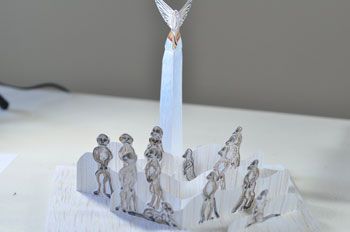





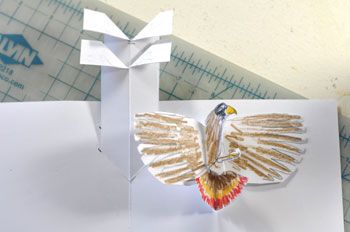
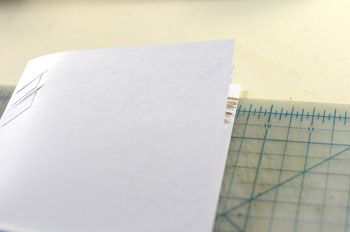
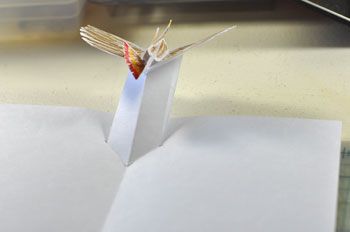

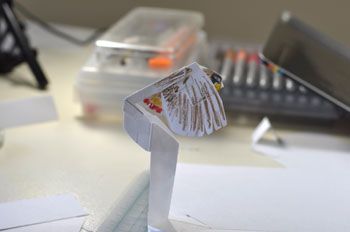



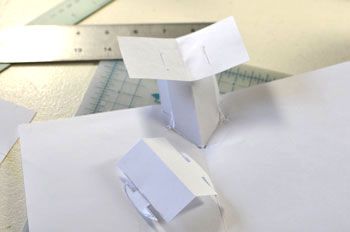
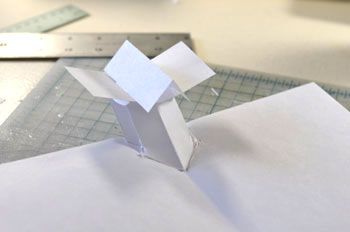


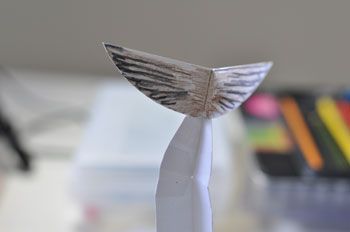





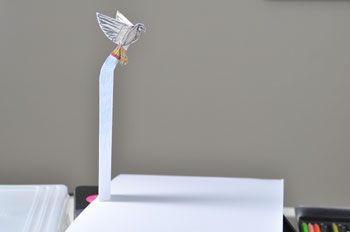
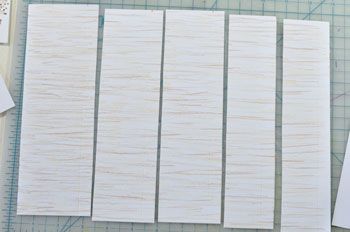
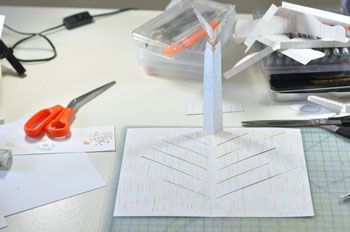

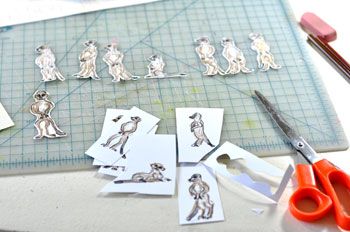
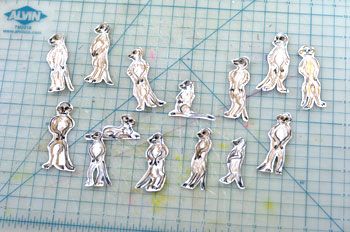
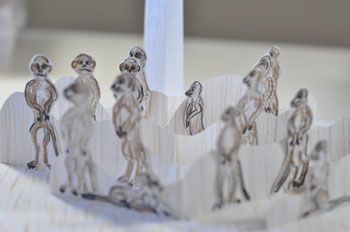

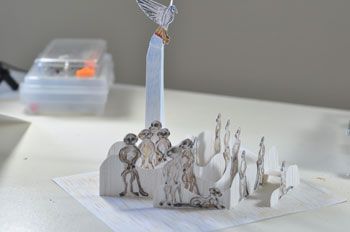


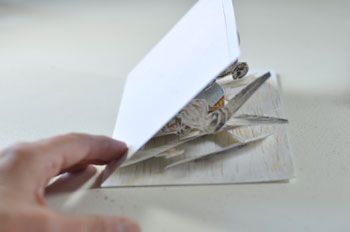
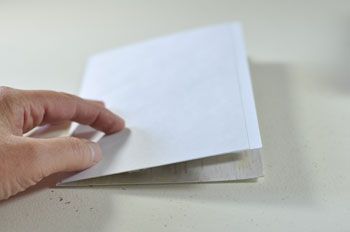
No comments:
Post a Comment